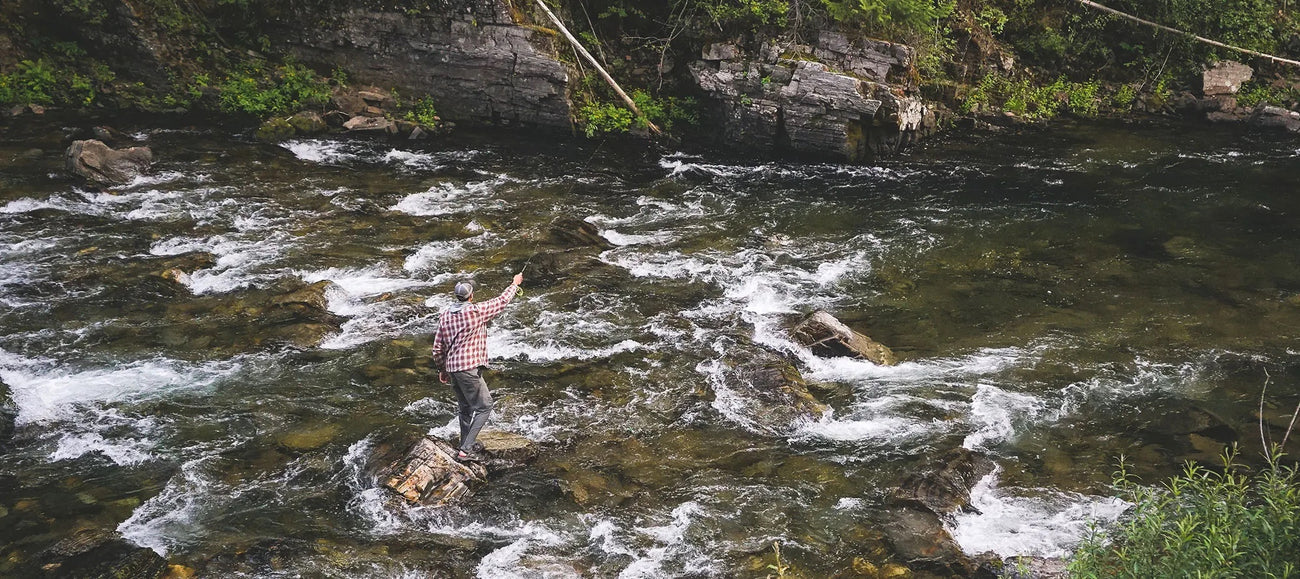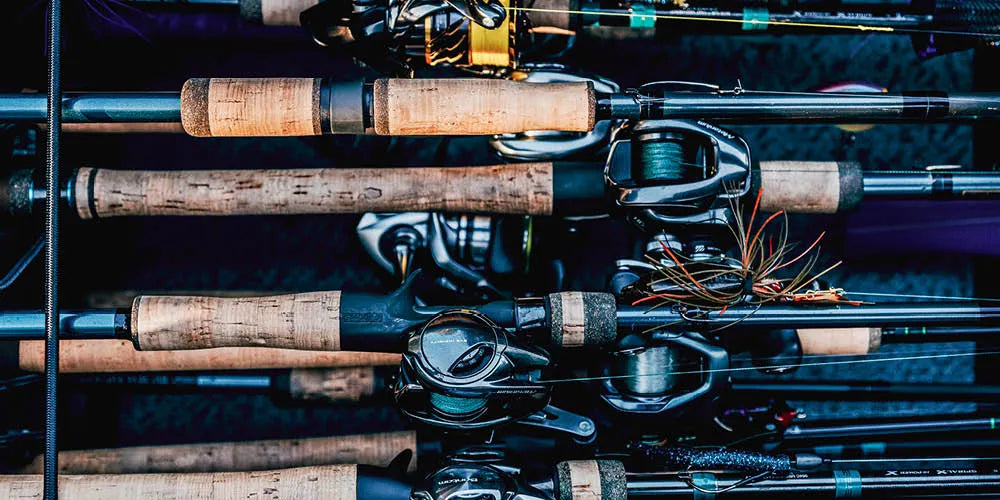
IMX-PRO
FLY
IMX-PRO
Built to the unrelenting specifications of professional fishing guides, the IMX-PRO series is comprised of purpose driven designs to meet the performance demands of modern freshwater fishing. Striking the ultimate balance of handsome appointments, positive feel, and unflinching durability, IMX-PRO is a game-changing addition to the serious angler’s quiver.
Shop IMX-PRO

TOUGH TO CHOOSE, RIGHT?
We're here to help you find your match! Click below, and let our rod finder help point you toward the right tool for the job.
Find Your Rod